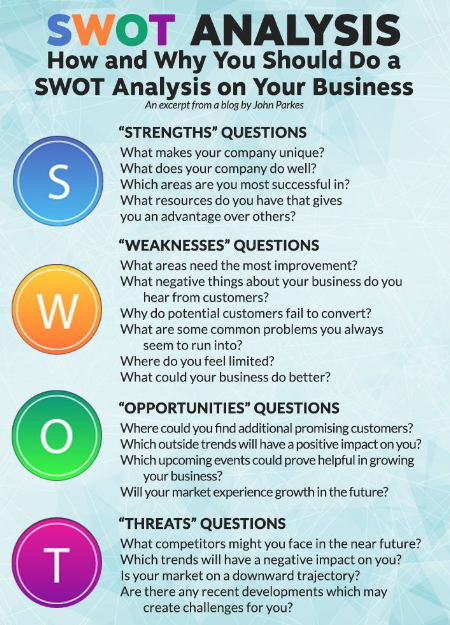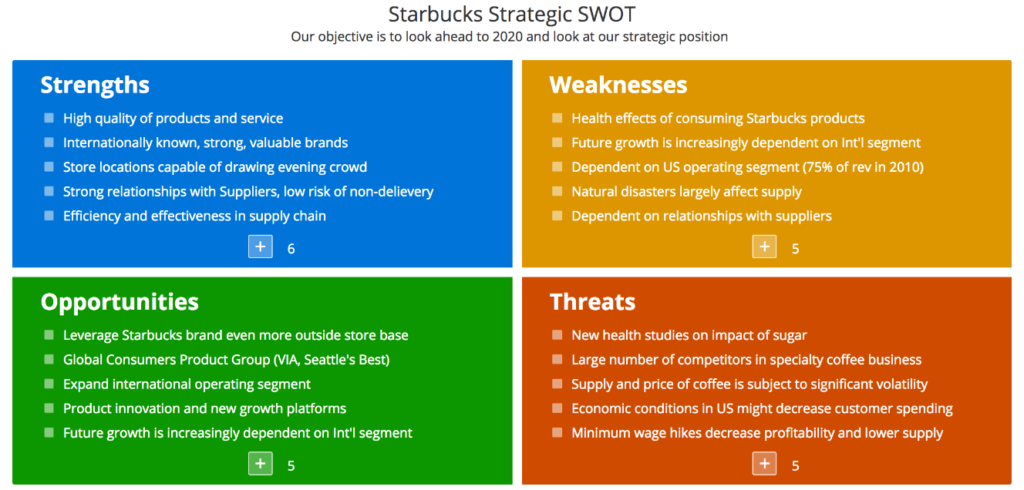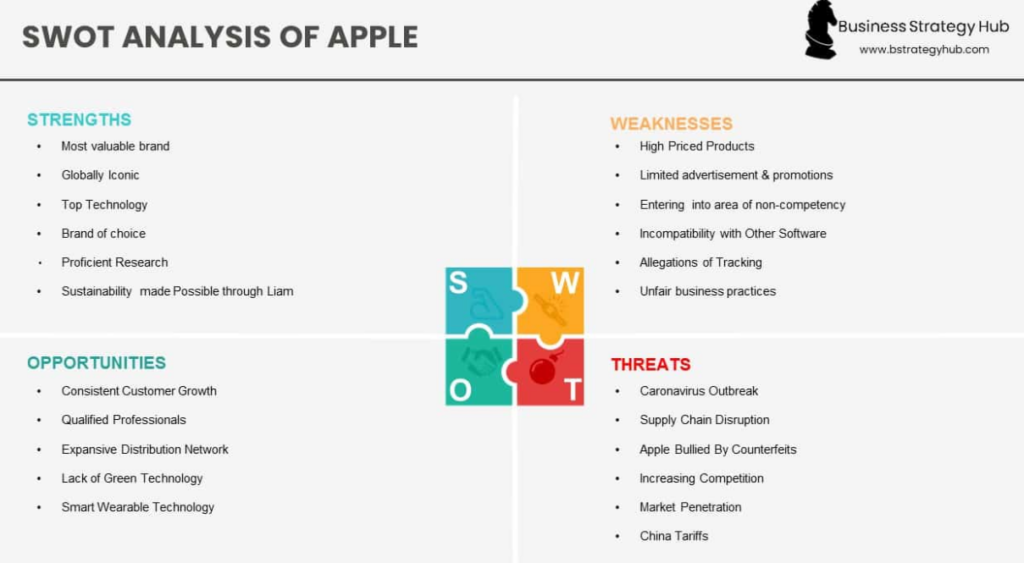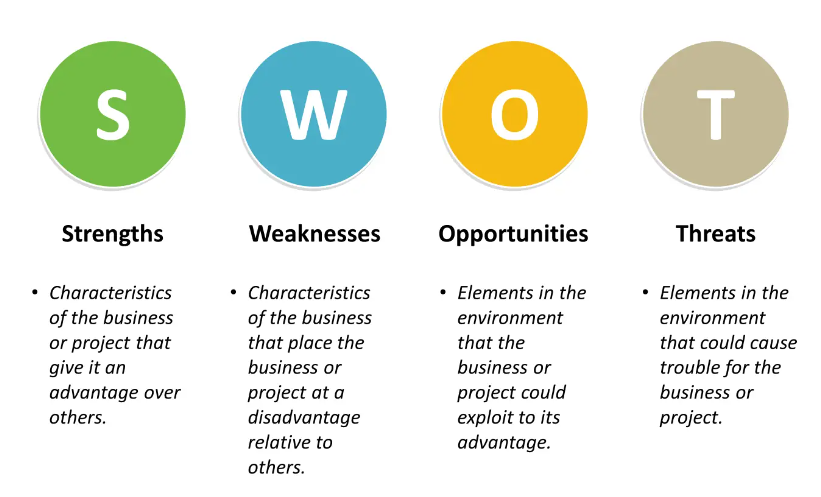
A SWOT analysis is a strategic planning technique used to assess an organization’s strengths, weaknesses, opportunities, and threats. It is a valuable tool for businesses, nonprofits, governments, and individuals to evaluate their current and future potential, and develop effective strategic planning. SWOT analysis aims to provide a realistic, fact-based, and data-driven understanding of an organization, initiative, or industry.
The analysis process should avoid pre-conceived beliefs or gray areas and instead focus on real-life contexts. It works best when diverse groups or voices within an organization provide realistic data points rather than prescribed messaging. Findings of a SWOT analysis are often synthesized to support a single objective or decision that a company is facing.
Strengths are aspects that an organization excels at, such as a strong brand, loyal customer base, a strong balance sheet, or unique technology. Weaknesses are areas where the business needs to improve to remain competitive, such as a weak brand, higher-than-average turnover, high levels of debt, an inadequate supply chain, or lack of capital.
Opportunities refer to favorable external factors that could give an organization a competitive advantage, such as a country cutting tariffs, which could help a car manufacturer export its cars into a new market, increasing sales and revenue. Threats refer to factors that have the potential to harm an organization, such as rising costs for materials, increasing competition, tight labor supply, or droughts that may destroy or reduce crop yield.
Analysts present a SWOT analysis as a square segmented into four quadrants, each dedicated to an element of SWOT. This visual arrangement provides a quick overview of the company’s position. The SWOT table is often laid out with the internal factors on the top row and the external factors on the bottom row. In addition, the items on the left side of the table are more positive/favorable aspects, while the items on the right are more concerning/negative elements.
A SWOT analysis can be broadly used, although more value will likely be generated if the analysis is directed specifically at an objective. The analysis can be broken down into several steps with actionable items before and after analyzing the four components. A company should begin by understanding what information it has access to, what data limitations it faces, and how reliable its external data sources are. In addition to data, a company should involve the right combination of personnel in the analysis. Having a broad set of perspectives is more likely to yield diverse value-adding contributions.
In summary, a SWOT analysis is a valuable tool for evaluating an organization’s current and future potential. It helps identify strengths, weaknesses, opportunities, and threats, providing a fact-based and data-driven understanding of the situation for effective strategic planning. [1][2]






